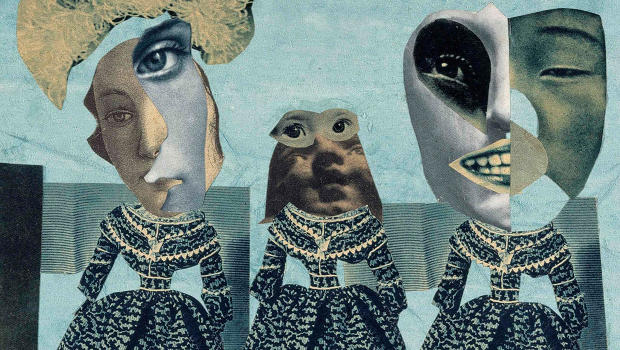HANNAH HOCH – THE NEW WOMAN
Hannah Höch (November 1, 1889 – May 31, 1978) was a German dada artist. She is best known for her work of the weimar period, when she was one of the originators of photomontage.
The Weimar Republic is an unofficial, historical designation for the German state between 1919 and 1939. The name derivers from the city of Weimar, where its constitutional assembly first took place. After Germany lost the first world war, the kaiser fled and a new democratic government of Germany was declared in February 1919 at the small town of weimar. It was too dangerous to make a declaration in berlin where there had just been a revolt by a communist group called the Spartactists. The weimar republic was a genuine attempt to create a perfect democratic country.
Höch’s work was intended to dismantle the fable and dichotomy that existed in the concept of the “New Woman”: an energetic, professional, and androgynous woman, who is ready to take her place as man’s equal. Her interest in the topic was in how the dichotomy was structured, as well as in who structures social roles.

As you can see from her work above, her work represents how she feels society and males view the perfect woman. I feel with each piece of media and material she has used to collage, represents a different element of being a woman in the 1900s. For example, the use of the dolls head represents the pressure of appearance, the use of the saddened woman represents the house wife and the skull represents the anger Hoch and many other woman were feeling.
Other key themes in Höch’s works were androgyny, political views, and shifting gender roles. These themes all interacted to create a feminist discourse surrounding Höch’s works, which encouraged the liberation and agency of women in Weimar Germany and today.


Leave a comment